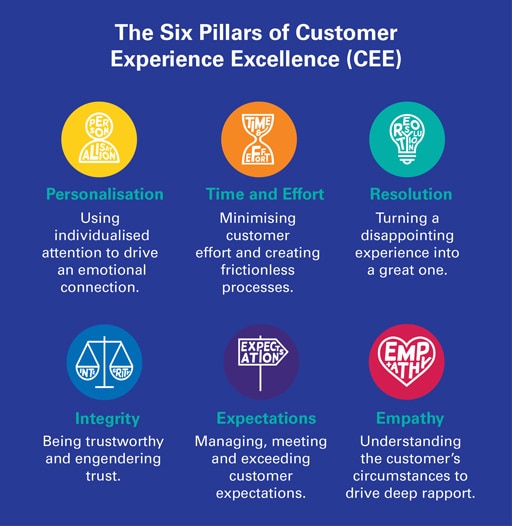Putting the Customer at the Centre of Your Business, Wherever They Are
Even before the coronavirus upended local and international commerce, leading brands around the world were rethinking how to manage their customer experience (CX).
Kathmandu’s newly appointed chief customer officer says CX has never been more important.
At Kathmandu, the purveyor of ethical outdoor gear, the appointment in February of the company’s first-ever chief customer officer, Eva Barrett, signalled a new way of doing things.
“It’s a recognition that CX needs to be holistic within an organisation,” says Barrett. “Many companies are siloed in how they interact with their customers and therefore the experience is not integrated.”
KPMG echoed that sentiment in its Australian Retail Outlook 2020 report, released on the eve of the pandemic in February. “We often say silos should remain on farms, but unfortunately they still exist across inconsistent channel delivery,” the report notes.
Challenging Times
Barrett got to work creating a seamless experience for Kathmandu customers as they move between bricks-and-mortar retail, e-commerce and social media.
“We want to ensure you have a great experience with us buying your outdoor gear, but also if you need to return it, or exchange it, or interact with us on social,” she says. “Each of those moments is so important in developing relationships with customers.”
However, within weeks of taking up her new role, Barrett faced an unforeseen challenge: the spread of coronavirus. She says the pandemic has forced her team to temporarily channel all its energy into digital CX.
“Through coronavirus, expectations for digital platforms to provide a seamless customer-service experience are higher than ever,” she says. “When the global pandemic hit in March, our customers’ attention shifted from bricks and mortar to online, and we had to work quickly to ensure we could deliver the same effective CX digitally that we had achieved in our 167 stores.”

Prior to the outbreak, KPMG warned that too many businesses were fixated on advertising and bricks-and-mortar CX at the expense of integrated customer care across the physical and digital realms.
“Too often, organisations focus on the shiny ‘on-stage’ programs, which of course are lots of fun,” reads the KPMG report. “However, these programs also command significant management focus while often lacking seamless connectivity to the middle and back-of-house functions that are critical to delivery.”
Now, with COVID-conscious consumers torn between old-fashioned bricks-and-mortar shopping and virus-safe e-commerce, an evenly weighted approach to CX is critical, says Barrett.
“Consider each consumer interaction as equal and service them accordingly,” she says. “If just one element of your business’s CX is lagging, it can impact the entire customer journey and let down the great work and results being achieved in other areas.”
See-Through CX
At a time when trust is at a premium, Barrett says brands – particularly those making ethical or sustainability claims – can succeed by creating customer experiences based on transparency.
“Customers who form relationships with brands based on their ethics expect a great amount of transparency and care,” she says. “It’s important to us that throughout the customer-experience journey, information remains accessible and visible.”
She adds: “Kathmandu benefits from having one of the largest communities in Australia and New Zealand with our Summit Club and this is where we hear firsthand from our customers about their interactions with us.”
KPMG has its own criteria for successful CX interactions, developed over a decade ago, which it refers to as the Six Pillars of Customer Experience Excellence.

Image: KPMG
It says two of those pillars – ‘personalisation’ and ‘integrity’ – are particularly important for Australian brands. (KPMG’s localised research is based on evaluation of 114 Australian brands across 11 sectors.)
Personalisation involves using “individualised attention to drive an emotional connection” while Integrity involves “being trustworthy and engendering trust”.
Another pillar, ‘time and effort’, receives special mention – it’s about “minimising customer effort and creating frictionless processes”, says KPMG.
The Road Ahead
In September, in its first CX update since the pandemic took hold, KPMG reiterated its commitment to the Six Pillars while also echoing Barrett’s call for CX leaders to champion integration.
“The CX leaders in our research lead from the front to support their colleagues in these extraordinary times and build an organisation which is connected – where every part of the business is symbiotic and aligned, from the front office through to the back office, to deliver an intentional customer experience,” says KPMG.
As for Barrett, she believes CX should be every brand’s top concern as the coronavirus saga drags on.
“Consumers understand the power they currently hold as brands battle for their support,” she says. Now, more than ever: “Customer centricity is paramount to success.”
-
Enquire!
- Book a stand
